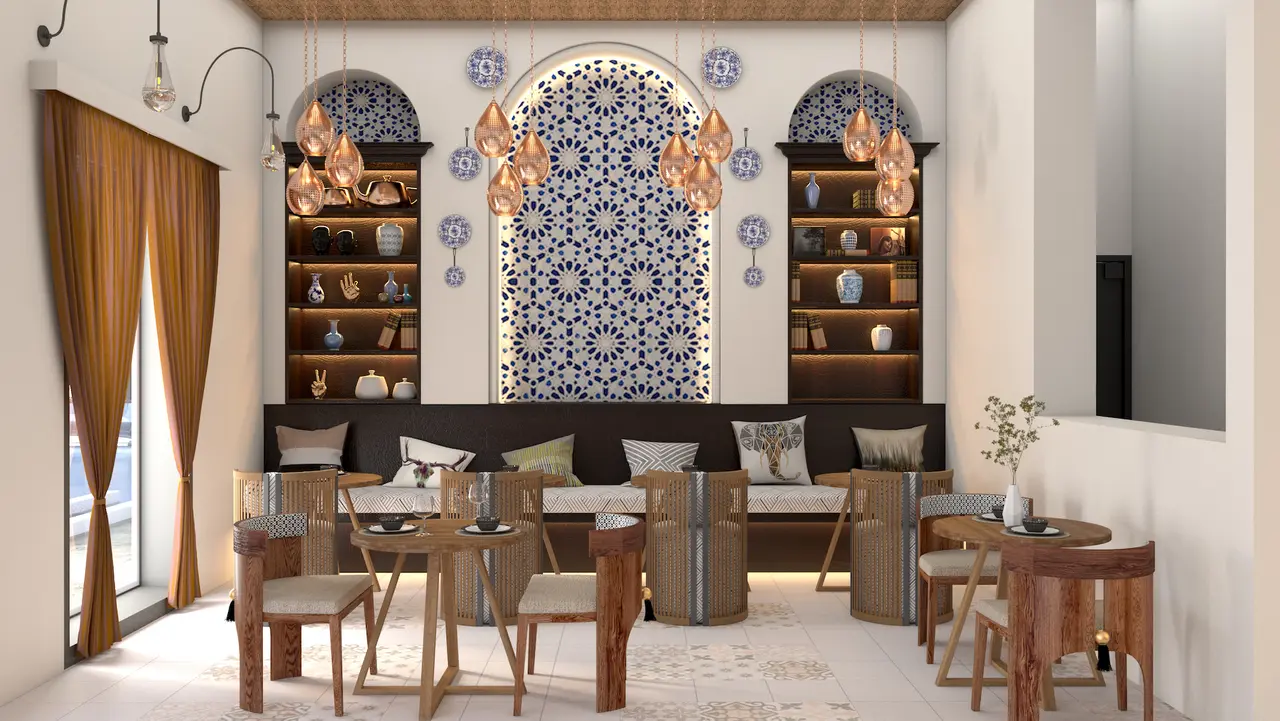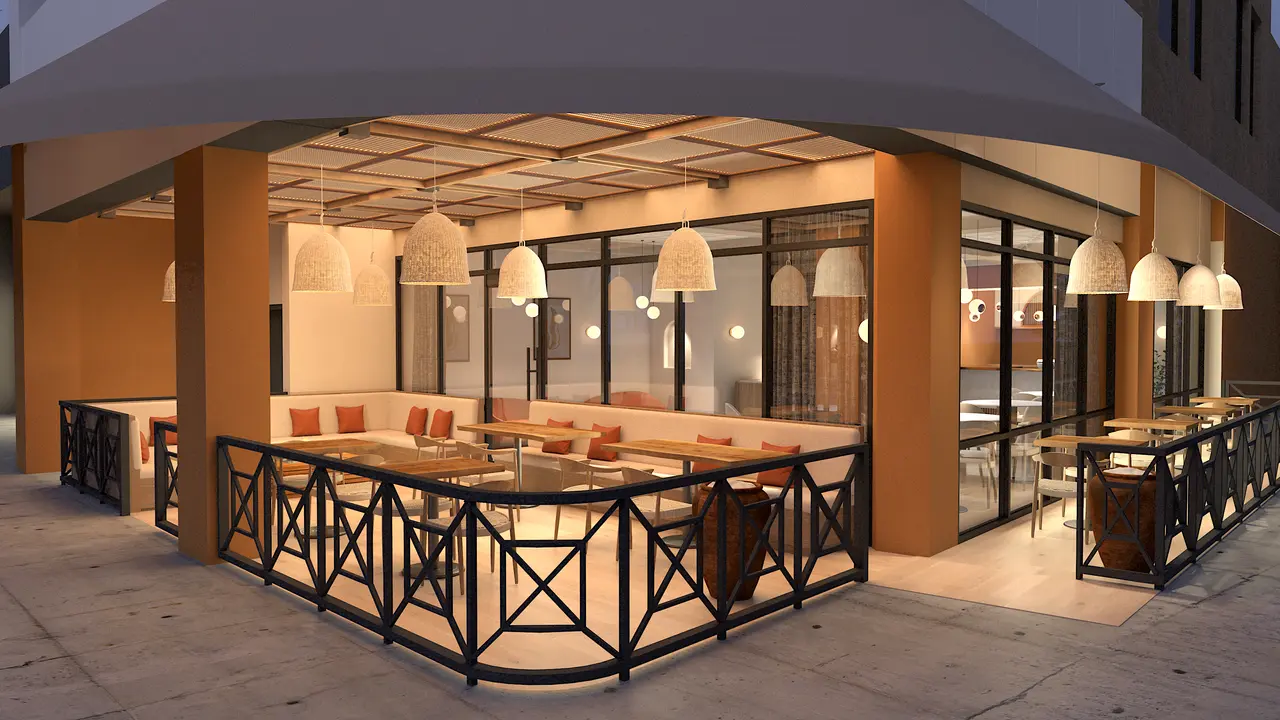Step into the world of restaurant design where every corner, every wall, and every piece of furniture tells a story. As dining out becomes not just about the food but the experience, let’s explore how the latest trends are shaping the future of our favorite eateries.
The Evolution of Restaurant Design
The journey of restaurant design has been a marvellous evolution from the simple eateries of the past to today’s thematic, immersive dining spaces. Design has shifted from purely functional to an essential part of the dining experience, with each restaurant telling its unique story through its layout and decor.
Historically, restaurant design focused on maximizing seating capacity and ensuring easy maintenance. However, the modern era has ushered in an appreciation for aesthetics, atmosphere, and concept-driven spaces that engage diners beyond their taste buds.
How Sustainability is Influencing Restaurant Design
Sustainability has become a key player in the realm of restaurant design, influencing not just the choice of materials but the very ethos of design projects. Eco-friendly practices are being prioritized, from sourcing local, sustainable materials to incorporating energy-efficient lighting and appliances.
Restaurants now wear their sustainable credentials with pride, using design to communicate their commitment to the environment. Green walls, reclaimed wood furniture, and natural light are becoming hallmark features, showcasing that style and sustainability can go hand in hand.
Moreover, designers are getting creative with recycling, employing upcycled elements that not only reduce waste but add character to spaces. This trend speaks to a broader desire for authenticity and mindfulness in how restaurant spaces are conceived and executed.
Technology and Modern Restaurant Layouts
Technology’s impact on restaurant design cannot be overstated. It’s reshaping the layout of restaurants, making them smarter, more efficient, and more adaptable to the needs of today’s tech-savvy diners. From ordering kiosks to kitchen automation, technology is at the forefront of design considerations.
Designers are integrating technology in ways that enhance the dining experience without detracting from the restaurant’s ambiance. Seamless Wi-Fi, invisible charging stations, and subtle digital signage are just a few examples of how tech is blended into modern restaurant design.
Creating Atmospheric Dining Experiences
The essence of a memorable dining experience often lies in the atmosphere. Creating an inviting, immersive environment has become paramount, with designers using lighting, music, and decor to evoke emotions and set the mood.
Themes and storytelling are pivotal, with designers crafting experiences that transport diners to another place or time. Whether it’s a cozy, rustic vibe or an elegant, minimalistic setting, the goal is to create a space where patrons can escape the ordinary and enjoy a unique dining adventure.
Attention to detail is key in atmospheric design. Every element, from the table settings to the artwork on the walls, plays a part in telling the restaurant’s story and enhancing the overall dining experience. This trend underscores the importance of design in shaping how we experience and remember our culinary journeys.
As we’ve seen, restaurant design trends are more than just passing fashions; they’re a reflection of our evolving tastes, values, and the ways we connect over food. Whether it’s through sustainable practices, technological innovations, or creating mesmerizing atmospheres, the art of restaurant design continues to surprise and inspire us.






